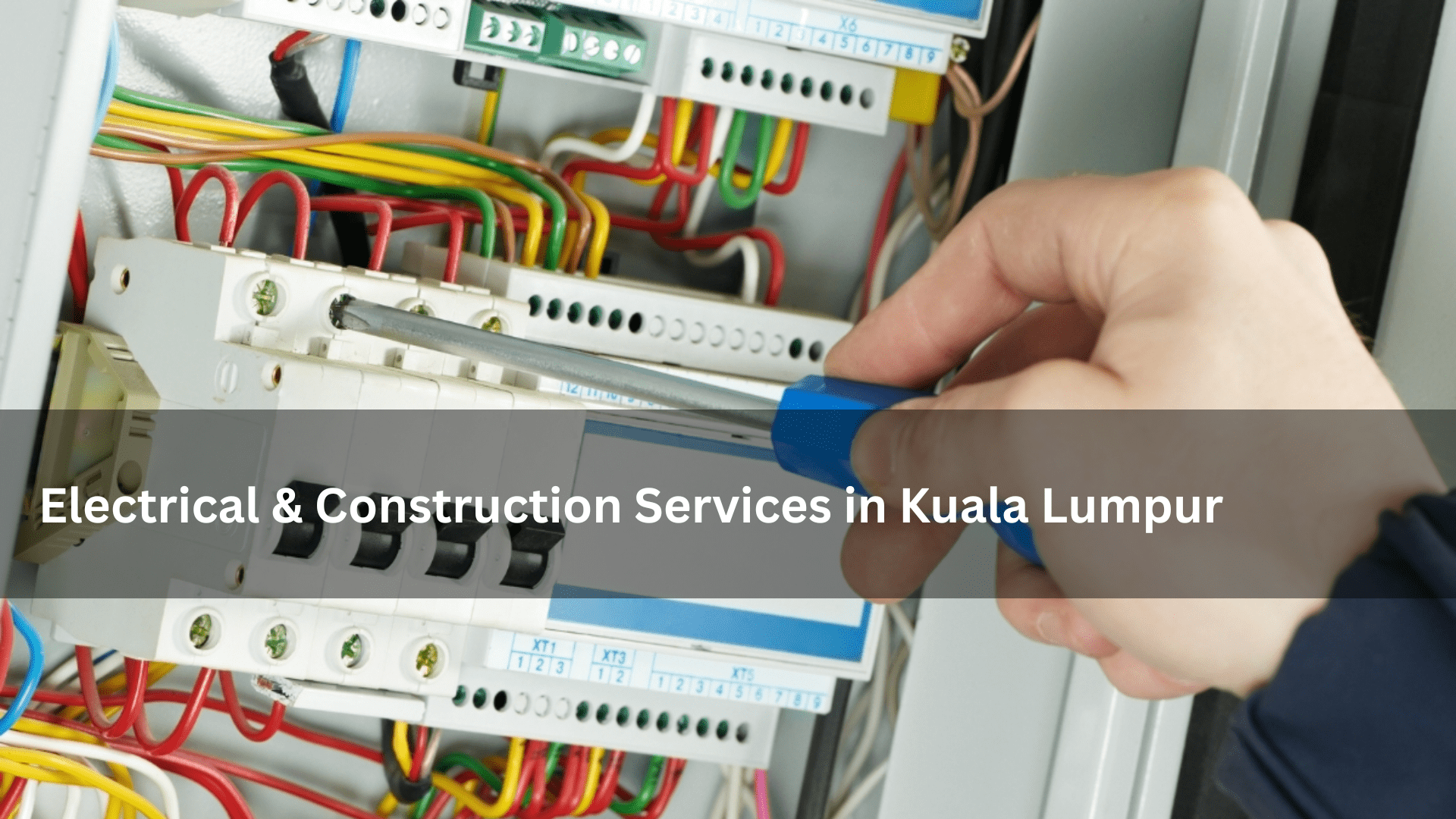Choosing a Point of Sales System Malaysia is a major decision that can either streamline your business or create long-term headaches. With the rise of cloud technology, e-wallet payments, and multi-channel retailing, the pressure to pick the right POS system in Malaysia is greater than ever.
However, many businesses fall into the same traps when shopping for a Point of Sales System—resulting in wasted money, frustrated staff, and missed growth opportunities.
This guide will help you avoid the most common mistakes and confidently select the right Point of Sales System for your business.
Mistake #1: Not Understanding What a Point of Sales System Malaysia Really Does
Some businesses believe a Point of Sales System Malaysia is just for processing sales. In reality, it’s a central tool for running operations, managing customers, tracking inventory, and producing business insights.
What a Modern Point of Sales System Malaysia Can Do:
Handle sales, returns, and split payments
Track real-time inventory across outlets
Manage staff roles and permissions
Generate SST-ready invoices
Connect to CRM, eCommerce, and accounting tools
Accept multiple payment methods like TnG, GrabPay, and credit cards
Failing to understand the full capabilities of a Point of Sales System Malaysia can lead to underutilization and poor ROI.
Mistake #2: Choosing a Point of Sales System Malaysia Based on Price Alone
Many startups and small businesses in Malaysia make the mistake of going for the cheapest POS system without evaluating long-term needs.
Price vs Value:
Low-cost systems may lack crucial features like reporting or multi-branch support
Some cheap POS platforms have limited integration options
Hidden costs for add-ons, training, or upgrades can quickly add up
Instead of focusing solely on price, compare Point of Sales System Malaysia providers based on functionality, support, scalability, and total cost of ownership.
Mistake #3: Ignoring Compatibility with Business Model in a Point of Sales System
Not every Point of Sales System Malaysia suits every industry. A POS for F&B will have different features compared to retail or salon businesses.
Examples:
Retail: Barcode scanning, SKU variants, inventory sync
F&B: Kitchen display systems (KDS), table layout, QR ordering
Service Industry: Appointment bookings, package tracking, loyalty rewards
Choosing a POS system that’s not tailored to your business model leads to inefficiency and extra costs for workarounds.
Mistake #4: Overlooking Inventory Management in a Point of Sales System Malaysia
Inventory is the lifeblood of many businesses. A weak inventory module in your Point of Sales System Malaysia can result in stockouts, overstocking, and inaccurate reporting.
What to Look For:
Real-time stock tracking across locations
Low-stock alerts
Batch/expiry management (especially for F&B and pharmacy)
Barcode generation and scanning
If your POS system doesn’t handle inventory effectively, it will cost you more in lost sales than the system saves.
Mistake #5: Not Verifying Local Support Availability for a Point of Sales System Malaysia
You may choose the best Point of Sales System Malaysia on paper, but without reliable local support, you risk downtime and frustration when issues arise.
Questions to Ask:
Do they offer 24/7 live chat or phone support?
Is on-site support available in your city?
Do they offer online training or user manuals?
A responsive, Malaysia-based support team is vital, especially during peak hours or new staff onboarding.
Mistake #6: Failing to Future-Proof Your Point of Sales System
Businesses often outgrow their first POS system quickly. If your Point of Sales System Malaysia isn’t scalable, you’ll need to replace it within a year or two.
Look for:
Multi-branch support
Cloud storage and mobile access
Integration with ecommerce platforms (e.g., Shopify, WooCommerce)
Real-time dashboards and remote reporting
API availability for custom integrations
Choosing a scalable Point of Sales System Malaysia ensures your technology keeps pace with your growth.
Mistake #7: Skipping the Demo or Free Trial of a Point of Sales System
Trying before buying is critical. Yet many Malaysian business owners skip the demo and end up stuck with a system that’s difficult to use.
During the Demo, Check:
User-friendliness for frontline staff
Customizability of receipts and product layout
Speed of transactions and report generation
Device compatibility (tablet, mobile, terminal)
A quick hands-on test will reveal if a Point of Sales System Malaysia is truly suitable for your business.
Mistake #8: Neglecting Legal and Tax Compliance Features in a Point of Sales System Malaysia
In Malaysia, SST and upcoming e-invoicing requirements by LHDN make compliance features critical.
Compliance Must-Haves:
SST-ready invoice generation
LHDN-approved e-invoice formats
Audit logs and sales history
Secure cloud backups
Your Point of Sales System Malaysia must help you stay compliant or risk legal complications and penalties.
Mistake #9: Not Training Staff Properly on the Point of Sales System Malaysia
Even the best Point of Sales System Malaysia can underperform if your staff aren’t trained.
Training Essentials:
How to handle transactions, refunds, and voids
Navigating menus and reporting tools
Inventory and customer management
Make sure your POS provider includes onboarding sessions or training materials to reduce mistakes and maximize system benefits.
Mistake #10: Ignoring Integration Capabilities in a Point of Sales System Malaysia
A siloed POS system creates more work and less automation. Choosing a Point of Sales System Malaysia that integrates with other platforms saves time and drives efficiency.
Key Integrations:
Ecommerce (Shopify, WooCommerce)
Accounting software (Xero, SQL, QuickBooks)
Payment gateways (Billplz, iPay88)
Loyalty and marketing platforms (Mailchimp, WhatsApp)
Smart integrations transform your POS into a centralized business hub.
Final Tips: How to Choose the Right Point of Sales System Malaysia
Now that you know what to avoid, here are some final tips for choosing the right Point of Sales System Malaysia:
Do This:
Create a checklist of your must-have features
Get demos from at least 2-3 vendors
Involve your staff in testing
Compare support levels and SLA
Read online reviews from Malaysian businesses
Taking the time to evaluate your options will pay off in smoother daily operations, happier customers, and better long-term returns.
Conclusion: Choose Your Point of Sales System Malaysia Wisely
Avoiding these mistakes when choosing a Point of Sales System Malaysia can save your business time, money, and frustration. From understanding your business model to verifying local support and testing the system, each step plays a role in long-term success.
The best Point of Sales System Malaysia is not just a tool—it’s a partner in your growth.
Make your decision with confidence and let your POS system empower your business every day.










